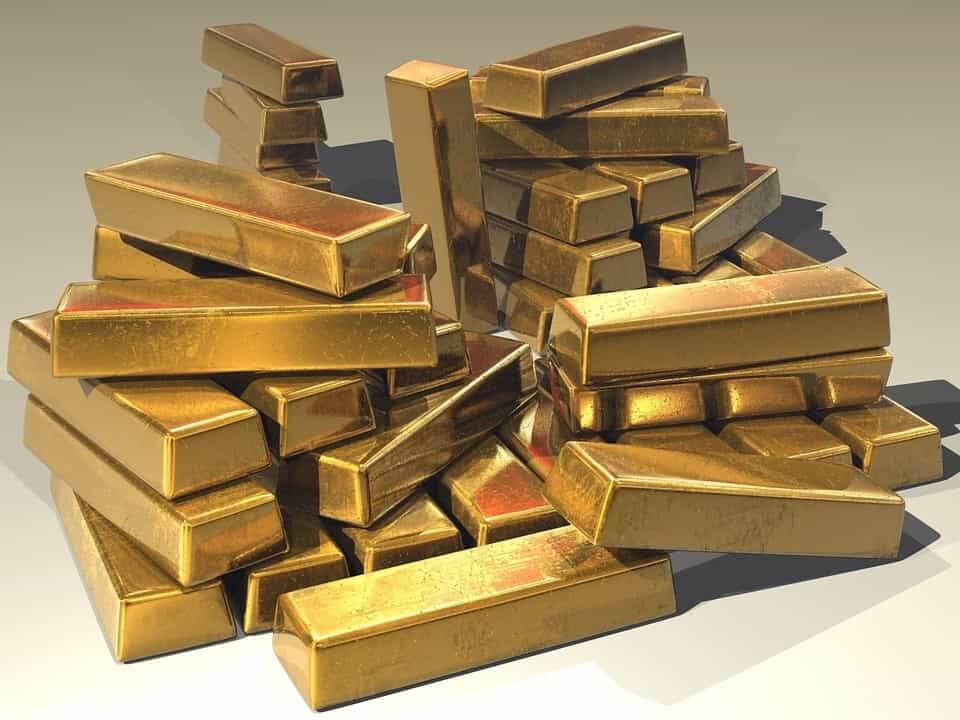Blog
The Physical Properties of Gold
Gold’s unique physical properties
The everlasting symbol of luck, prosperity and wealth, choosing to invest in gold – especially rare gold – has always shown to be a shrewd move thanks to its easy liquidity and high value. As one of the most sought-after precious metals in the world, demand has long outstripped supply, meaning it’s always been hot property. But what actually makes up gold itself? What are the physical properties which help keep gold so investable?


It’s a soft, ductile metal
Gold is extremely ductile and malleable which makes it highly versatile. It’s a heavy metal with a density of 19.3 g cm-3. In fact, just one single gram of gold can be flattened out into a thin sheet of gold which covers an area of one metre – that’s around just 230 atoms thick. It is actually so soft that even a small item such as a coin is enough to scratch a pure piece of gold.
Gold has a very high boiling and melting point
The temperature you need to melt gold is 1,948 degrees Fahrenheit, which is an incredible 1,065 centigrade. In order to strengthen the gold for practical uses, other alloy metals such as zinc, silver and copper are added whilst the gold is being melted. Gold boils at 5,173 degrees Fahrenheit (2,856 centigrade).
Dowload our FREE Insiders Guide to Tax-Free Gold Investment here
It’s a good conductor of electricity and heat
Gold is an excellent conductor of electricity although it is too expensive to use in cabling, hence the use of copper instead. Exposure to air, moisture, heat and other corrosive agents have an extremely minimal effect on gold, which is why it’s so suited for manufacturing jewellery and coins.


Gold will not tarnish
Unlike silver which can degrade in the air over time, gold will not rust or taint. Gold, in particular, is extremely difficult to corrode. Only very strong acids such as nitric acid and hydrochloric acid can cause gold to become damaged. This is why wedding bands are traditionally made of gold, as they are guaranteed to stand the test of time.
Gold is a noble metal
Gold is a noble metal. Noble metals are a group of metals which do not corrode over time under normal conditions.
Gold is highly reflective
Gold does not absorb light or heat, 

Gold is very heavy and dense
Gold is also extremely heavy, with a density of 19.4 g cm-3. By way of a comparison, lead is only 11.4 g cm-3 in density. This heaviness plays a vital part in many of the physical methods required to mind gold from its many sources.
Carats for purity
Most natural gold is actually impure. It generally contains small but notable traces of other metals including silver, copper, silver, mercury and palladium. It’s actually these other elements which give gold its distinctive colours. For instance, gold which has a large amount of copper will have a red hue to it, whilst gold that contains a lot of less expensive silver will be much paler are far less bright yellow than you would expect from pure gold.
The purity of gold is measured in carats with 100% pure gold being 24 carats. 18-carat gold is then 18/24, (75%) pure, and 14-carat gold has 58% purity. Carat values only come in the following integers: 24, 22, 18, 14 and 9.
Invest with Physical Gold today
Here at Physical Gold we are experts in our field and can help with any aspect of gold investment. Speak to us on 020 7060 9992 or drop us an email to discover more about our investment opportunities or get advice on trading gold now.


